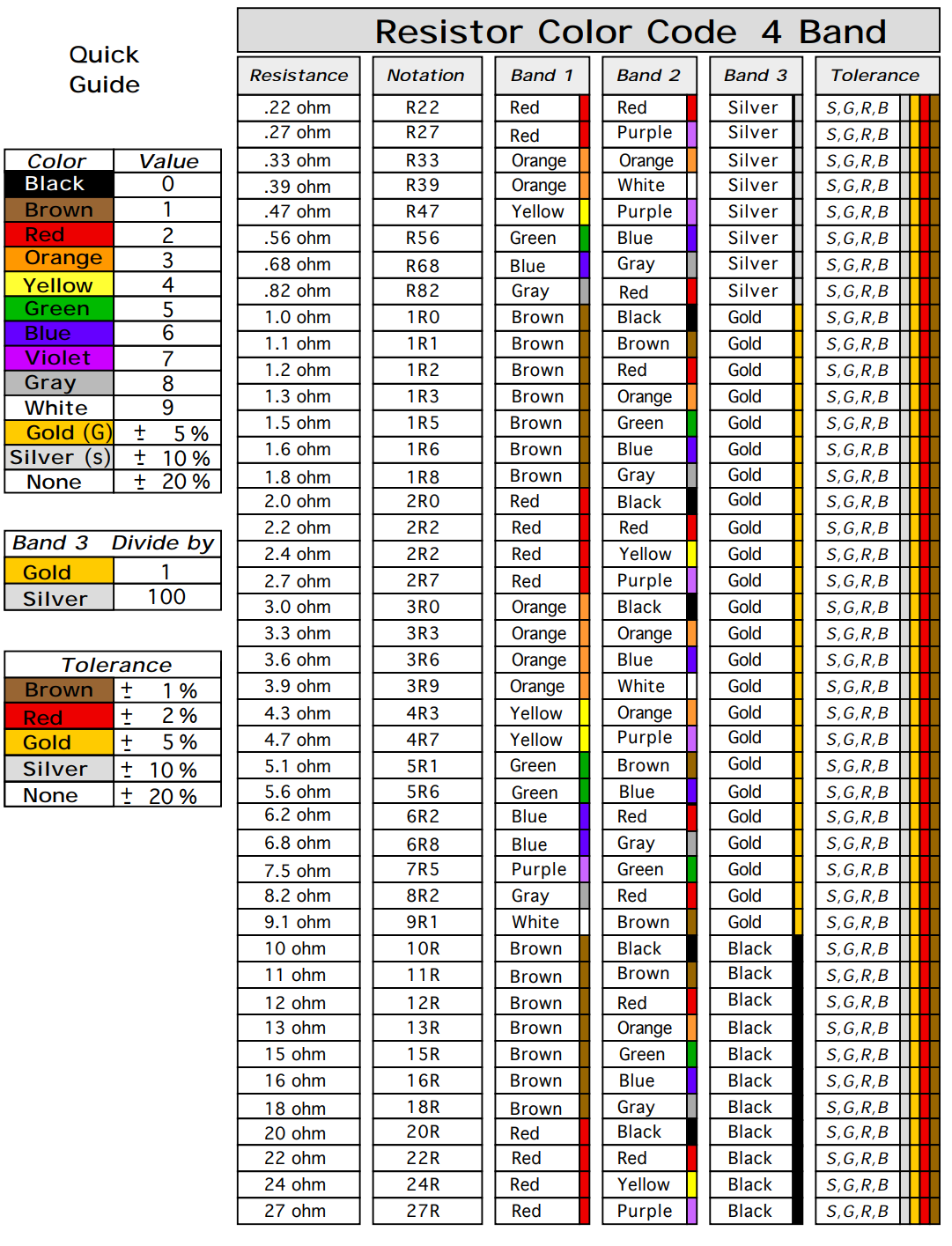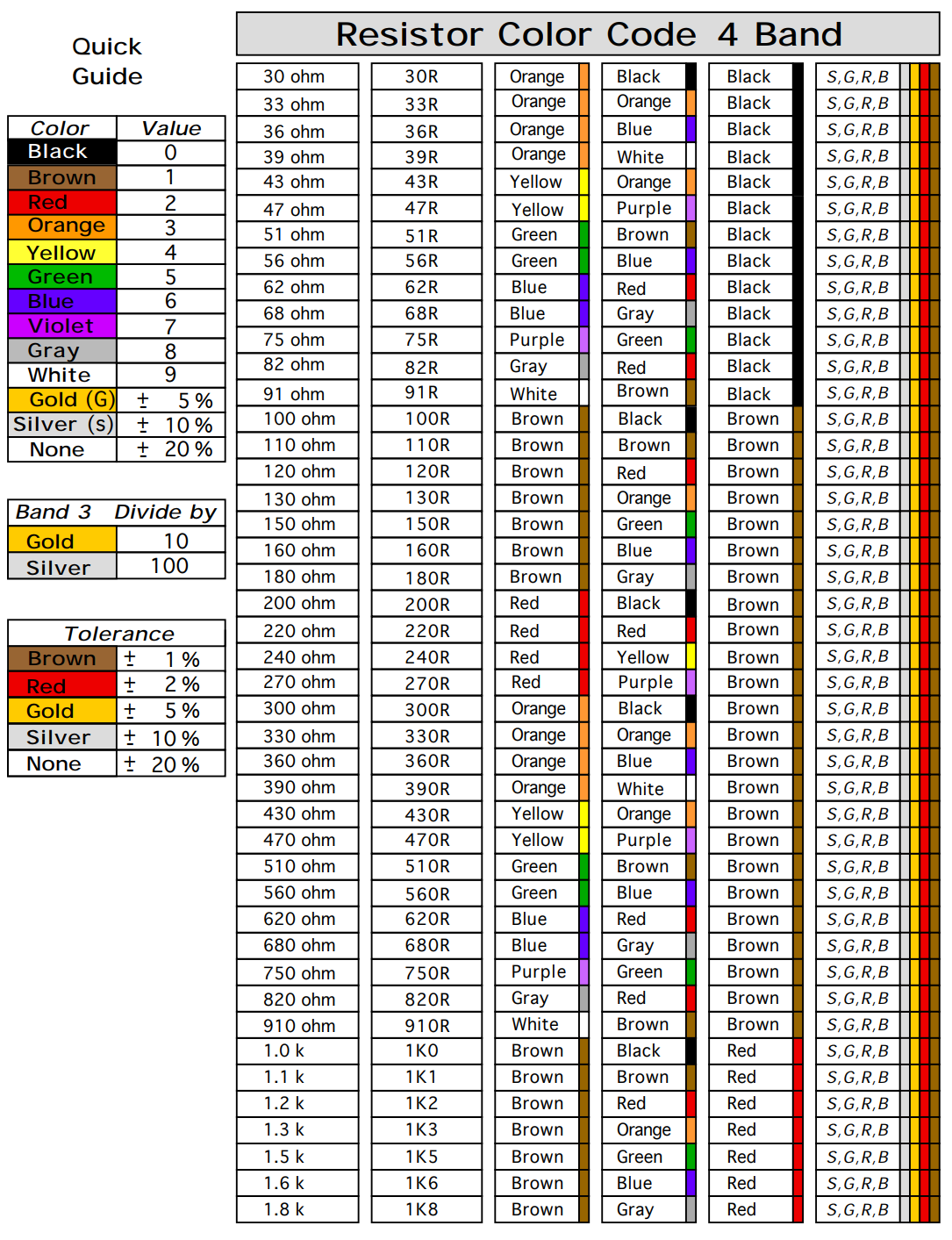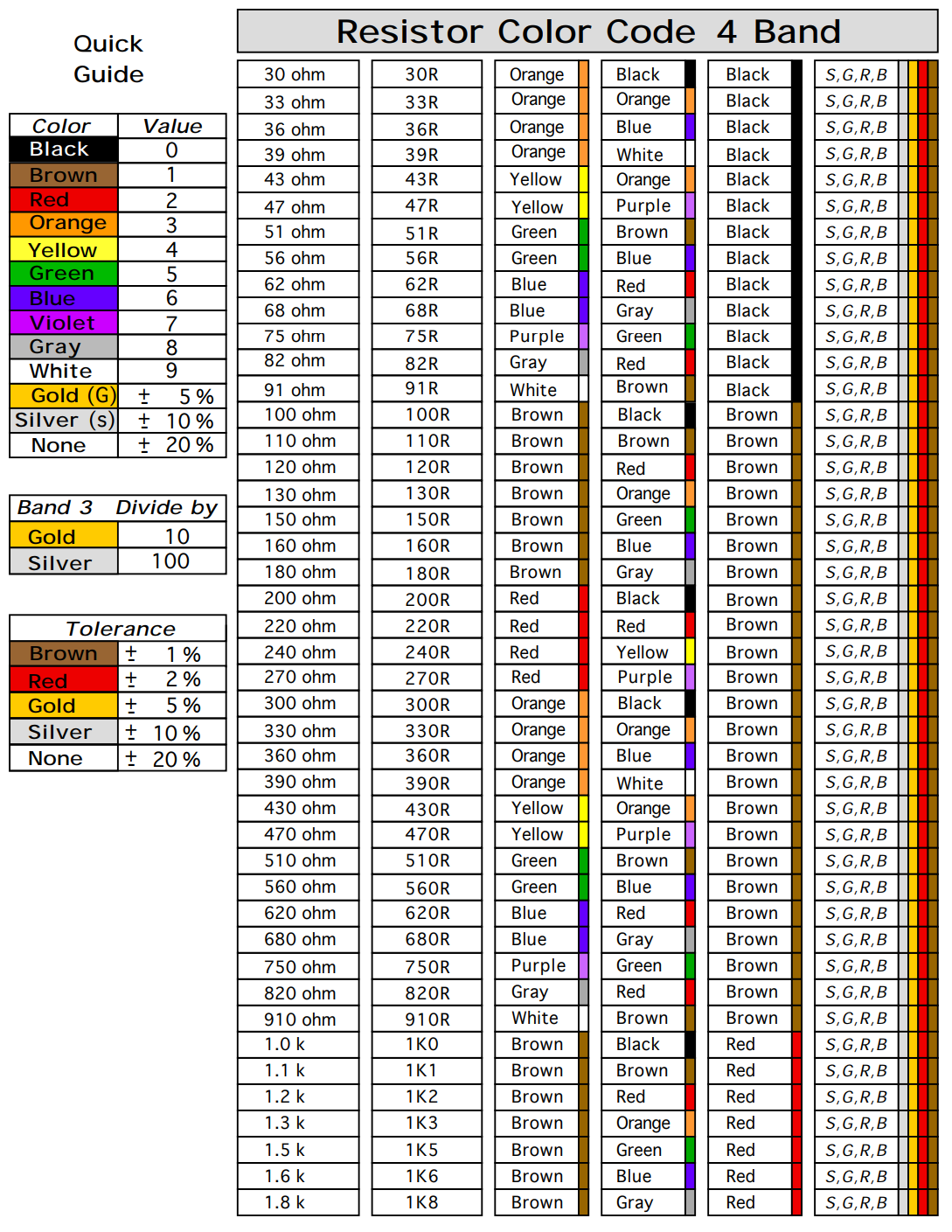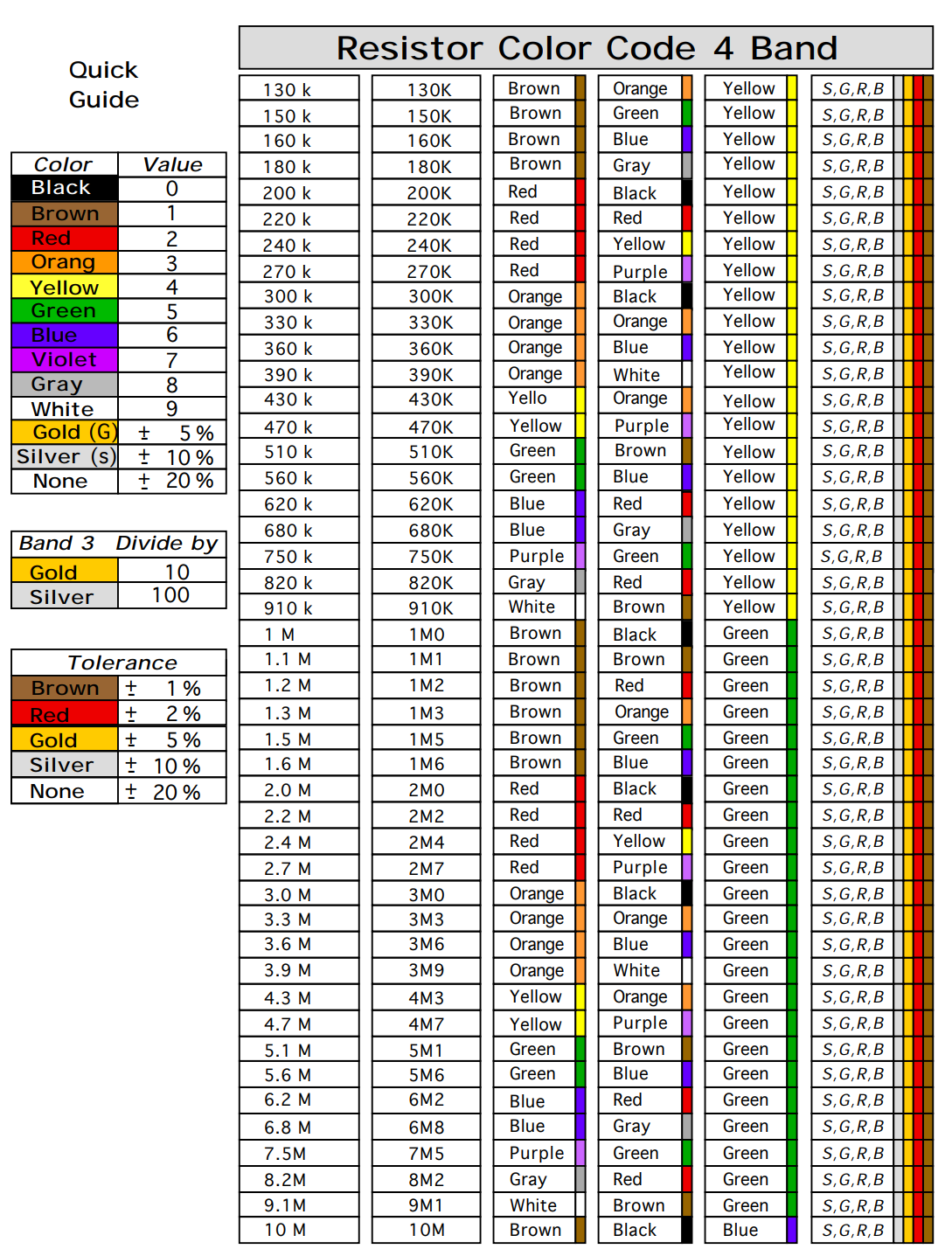100 Ohm Resistor Color Code Guide
What Is a 100 Ohm Resistor?
The 100 ohm resistor holds a prominent place among electronic components due to its wide range of applications and ease of use. Its frequent appearance in electronic circuits makes it a perfect example for understanding the resistor color code, allowing for quick and accurate identification during assembly, troubleshooting, or design.
Resistors are compact devices with wire leads extending from each end and are fundamental to nearly all electronic systems. Their primary purpose is to regulate the flow of electrical current, protect sensitive components from overcurrent, and create precise voltage drops. A 100 ohm resistor, specifically, offers moderate resistance, suitable for functions like current limiting, signal conditioning, and voltage division.
These resistors are typically composed of materials that naturally resist electric flow-often carbon film or metal oxide-allowing them to provide a consistent and reliable resistance value. In voltage divider networks or calibration circuits, 100Ω resistors ensure stable performance by maintaining consistent current control, making them indispensable in analog and digital applications alike.
Because of their importance, the 100 ohm resistor's color coding has become one of the most recognized in electronics. The standard color bands on the resistor allow users to quickly identify its resistance value and tolerance without using measuring instruments. This article will guide you through how to read the 4-band, 5-band, and 6-band resistor color codes for a 100 ohm resistor, empowering you to identify and use them correctly in your projects.
Resistor Color Code Guide
4- Band Code

5- Band Code
Calculation

The Gold or Silver band is always placed to the right.
The resistor value is read from the left to right.
If there is no tolerance band, then find the side that has a band closest to a lead and make that the first band.
Resistor Coor Code 4 Band





100 Ohm Resistor Color Code
For 4-band resistor:- 1st Band (1st digit): Brown = 1
- 2nd Band (2nd digit): Black = 0
- 3rd Band (Multiplier): Brown = ×10
- 4th Band (Tolerance): Gold = ±5% (commonly used)
FAQs
Q: Can I use a 110 ohm resistor instead of 100 ohms?A: In some circuits, yes. It depends on the tolerance allowed in the design. If tight control is needed, stick to 100Ω.
Q: How do I test a 100 ohm resistor?
A: Use a multimeter set to resistance (Ω) mode. Place probes across the leads. It should read ~100Ω (± tolerance).
Q: Are 100Ω resistors available in surface mount?
A: Yes, common SMD resistor codes like "101" indicate 100Ω (10 × 10^1).






